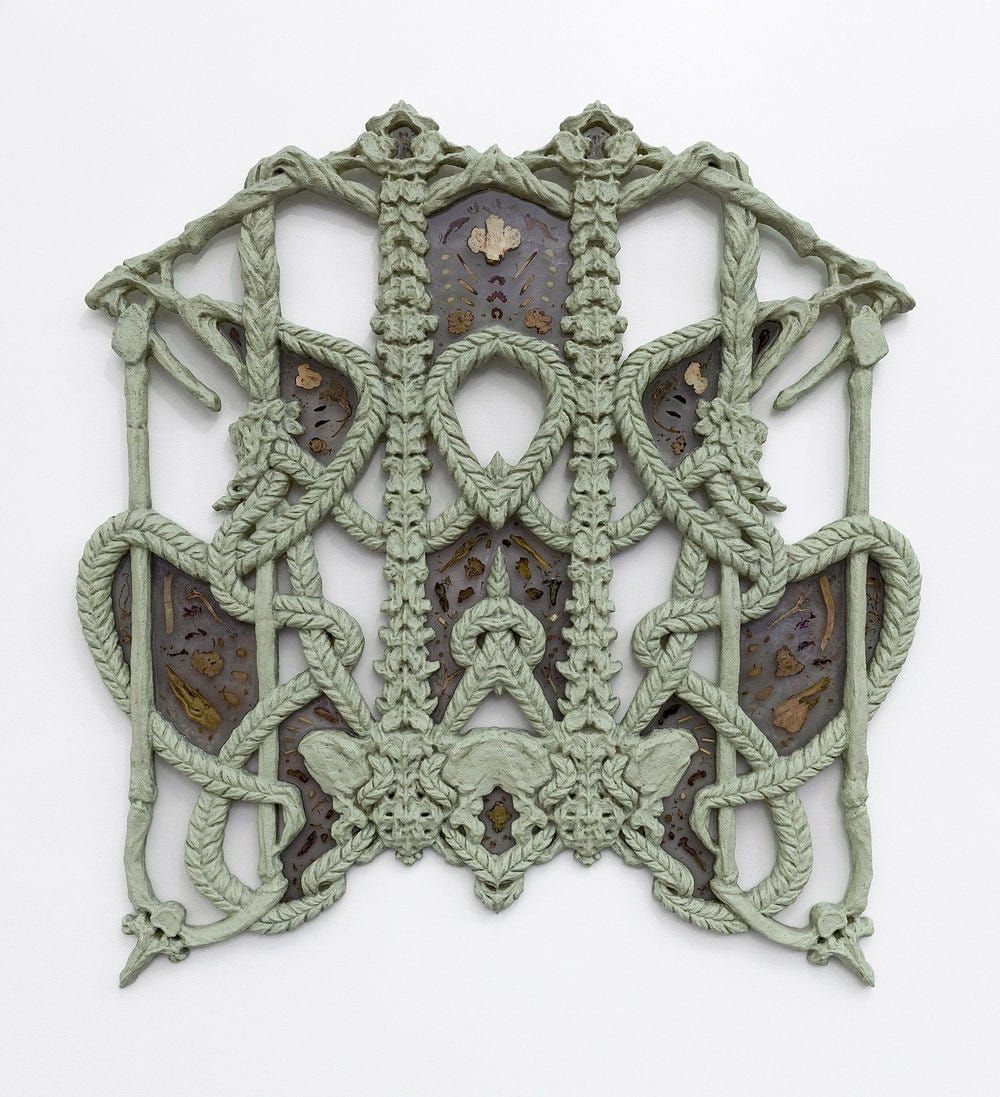Transformative Archivist; Wen Liu
Wen Liu’s sculptural practice explores themes of memory, migration, and identity by repurposing discarded materials into evocative, tactile assemblages.

"Where the spirit does not work with the hand, there is no art." – Leonardo da Vinci, Italian Renaissance polymath (1452-1519).
There is a profound and almost primal connection between the human spirit and the act of creation, especially when it comes to sculpture. Whether shaping clay, repurposing found objects, or chiseling marble, the physical engagement of hand and material is an artistic process that transcends mere craftsmanship. It is an exploration of identity, memory, and belonging. Wen Liu’s work exemplifies this deeply humanistic approach, revealing how sculpture can not only shape physical forms but also alter perspectives and evoke powerful emotions.
Liu’s artistic practice is rooted in themes of loss, displacement, and adaptation. Through her use of reclaimed materials—furniture, household objects, and discarded fragments—she tells stories of transformation and resilience. These objects, once abandoned or forgotten, find new meaning in her hands. Her process is one of careful selection, arrangement, and reconstruction, turning remnants of the past into tangible, sculptural narratives that bridge personal and collective histories.
A key element of Liu’s work is the idea of home—not just as a physical space but as a psychological and emotional construct. As an immigrant from Shanghai now based in New York, she understands home as something fluid, something that can be deconstructed and rebuilt, much like her sculptures. Her pieces evoke a sense of longing, of searching for stability in a constantly shifting world. In doing so, they resonate with anyone who has ever felt unmoored, whether due to migration, personal upheaval, or the passage of time.
Her sculptures often contain elements of fragility and imperfection. Cracks, breaks, and rough textures remain visible, acknowledging the histories embedded in the materials. Rather than concealing these imperfections, Liu embraces them as an essential part of the narrative, reinforcing the idea that beauty and meaning are found in the imperfect, the broken, and the reassembled.
Liu’s work also engages with memory—not just personal memory but the collective memory stored in objects. A piece of wood from an old cabinet, a fragment of upholstery from a discarded chair, or a rusted metal hinge—all these materials carry echoes of their previous lives. By integrating them into her sculptures, she invites viewers to consider their own connections to objects and the memories they hold. What do we keep? What do we leave behind? And how do the remnants of our past shape our present?
Her work has a tactile, almost intimate quality, drawing viewers in to observe the textures, details, and juxtapositions. There is a quiet poetry in how she arranges disparate elements, allowing them to interact in unexpected ways. A rusted chain draped over soft fabric, a jagged wooden edge nestled against smooth ceramic—these contrasts heighten the sensory experience of her pieces, making them feel both familiar and foreign at the same time.
Beyond the personal and emotional dimensions, Liu’s sculptures also have broader cultural and ecological implications. By repurposing found materials, she challenges consumerist notions of disposability and waste. In a world increasingly defined by mass production and planned obsolescence, her work serves as a reminder that objects carry histories, and that creation does not have to mean starting from scratch. Instead, it can be an act of renewal, of honoring the past while reshaping it into something new.
Through her intricate weaving of mixed media, Liu expresses deeply personal emotions and universal experiences. Her sculptures are not just assemblages of materials but meditations on memory, migration, and human resilience. They urge us to reflect on our own definitions of home, belonging, and permanence, reminding us that, like her sculptures, we are all shaped by the fragments of our past.
For more on Wen, follow her on Instagram
With peace & love
xx









